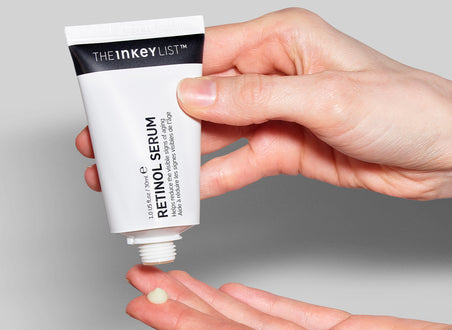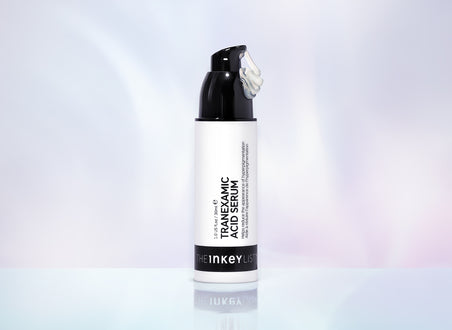Welcome to the INKEY Blog. Where we spread and share our skincare knowledge with you!
-
- acne and breakouts
- acne scars
- blackheads
- damaged hair
- dark circles
- dehydrated skin
- dry hair
- dry skin
- dull skin
- fine lines and wrinkles
- flakey scalp
- frizzy hair
- hair loss
- hair volume
- hyperpigmentation
- improve skin texture
- itchy scalp
- oily scalp
- oily skin
- plumping
- redness
- sensitive skin
- undefined curls
- undereye puffiness
Selected filters:
Glycolic Acid is an ingredient most people should be using in their skin and scalp care routines.
After getting breakouts under control, we’re often left with dark or textured post-blemish marks. Learn about what acne scarring is, why using Retinol can help and what strength of Retinol you should be using.
For some, emulating the glowing, radiant look can feel impossible, especially if you experience dryness, dullness, or blemishes. However, at the core of glowing skin is a good, comprehensive skincare routine built around effective cleansing, suitable treatments, and comforting nourishment.
Skin hyperpigmentation can appear in several different forms, and it can sometimes be difficult to know what has caused it and where it has come from. Read on to discover which type you may have, along with the best ingredients and products to target the condition.
Introducing your new hyperpigmentation hero - Mandelic Acid. A member of the Alpha Hydroxy Acid family, we’ve formulated this gentle treatment to target marks and scarring caused by breakouts as well as pigmentation concerns.
The Inkey List co-founder Mark Curry chats to Dermatologist Dr Liu and beauty expert Sali Hughes about all things retinol. Here’s everything you need to know…
Tranexamic Acid is our go to ingredient to treat pigmentation concerns - whether that’s uneven tone, melasma, post-inflammatory hyperpigmentation, dark/light patches or scarring from acne and breakouts. Find out more about the benefits of Tranexamic Acid, how to use it and what other products you can use alongside to reduce the appearance of hyperpigmentation and scarring.
Vitamin C has become one of the most popular ingredients in modern skincare, with a whole host of brilliant benefits and capabilities. But it can often be a slightly misunderstood ingredient, thanks to its several forms and certain stipulations that are important to follow when using it. Here, we lay out everything you need to know about using Vitamin C in your skincare, from how to choose the right one to the rules to abide by if you’re new to it.
There are a few reasons why acne scars occur. Firstly, not all acne will result in scarring and even if it does, there are plenty of treatments to reduce their appearance and help them disappear completely. Learn what can cause scarring, how to get rid of scarring and prevent the risk of them occurring.
Whilst pigmentation in the skin is natural and what forms our glorious spectrum of skin tones, overproduction or underproduction can cause patches, spots and unevenness. Hyperpigmentation specifically is when too much Melanin is created as a result of scarring, inflammation, hormones, sun exposure or ageing. Learn how to reduce hyperpigmentation and the ingredients that are best suited to tackle this common skin concern.










